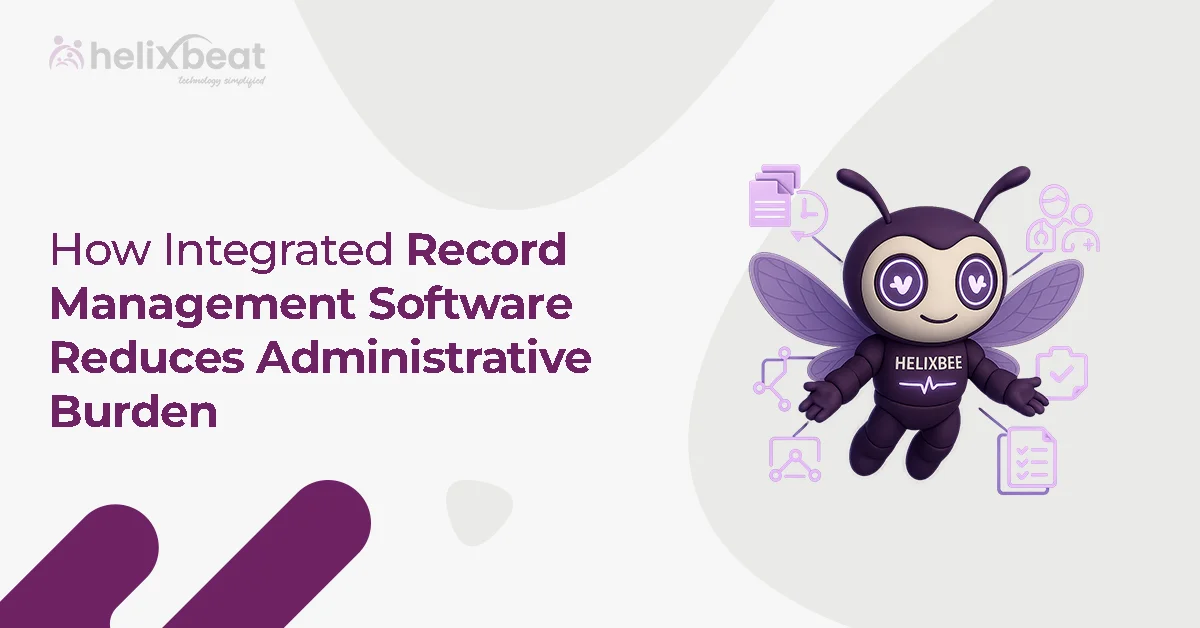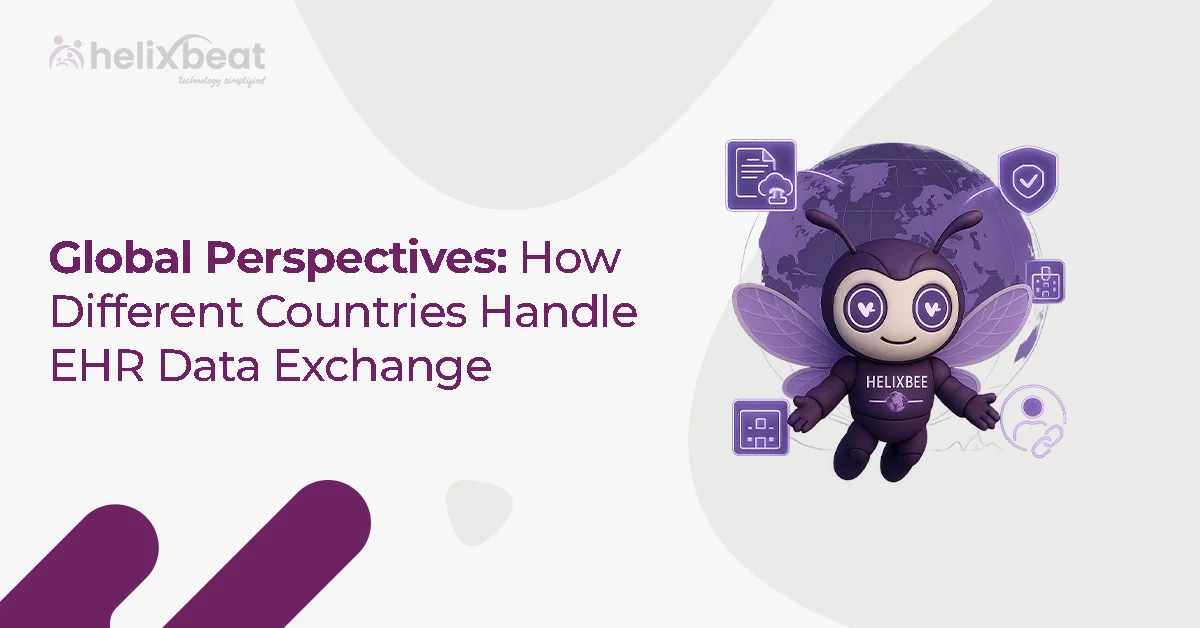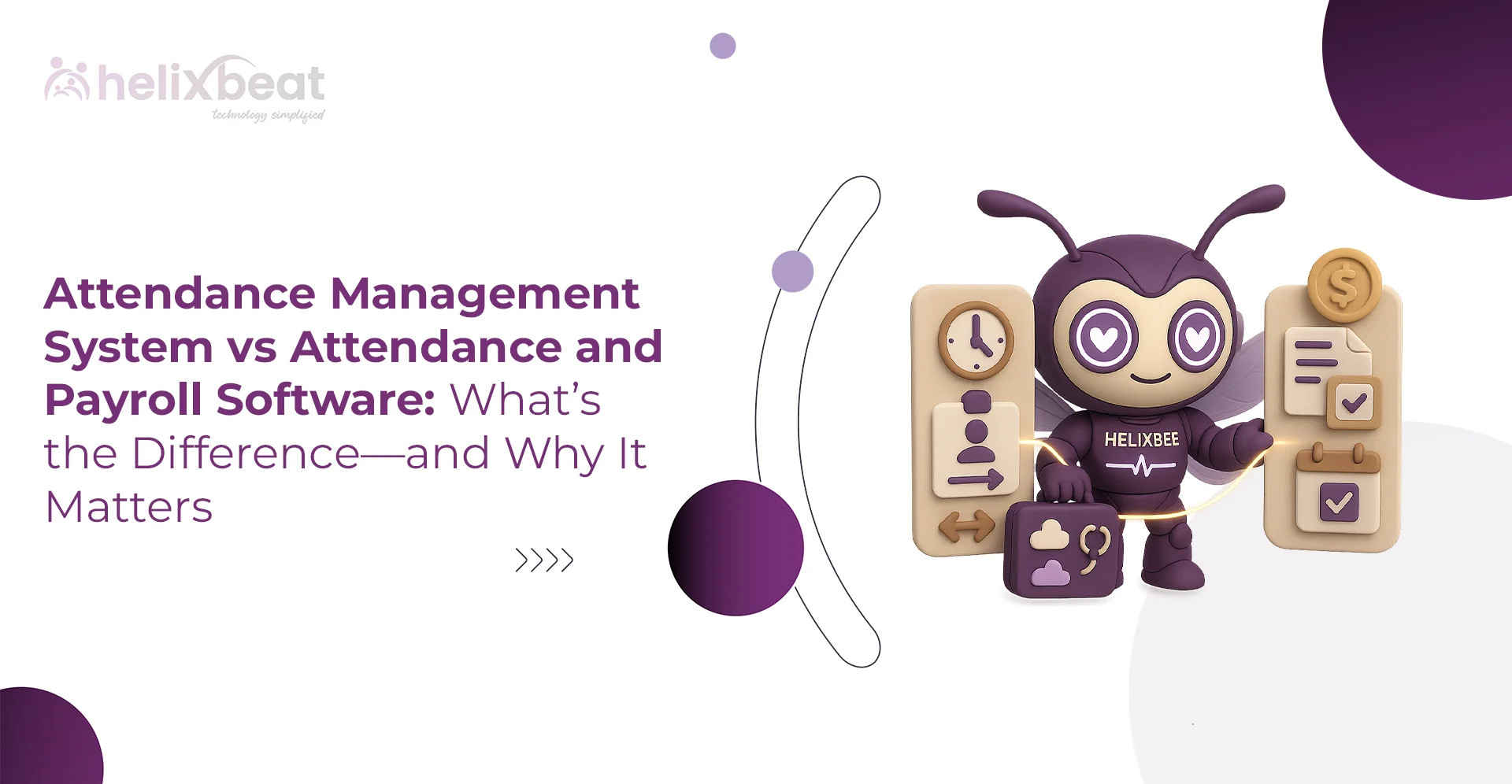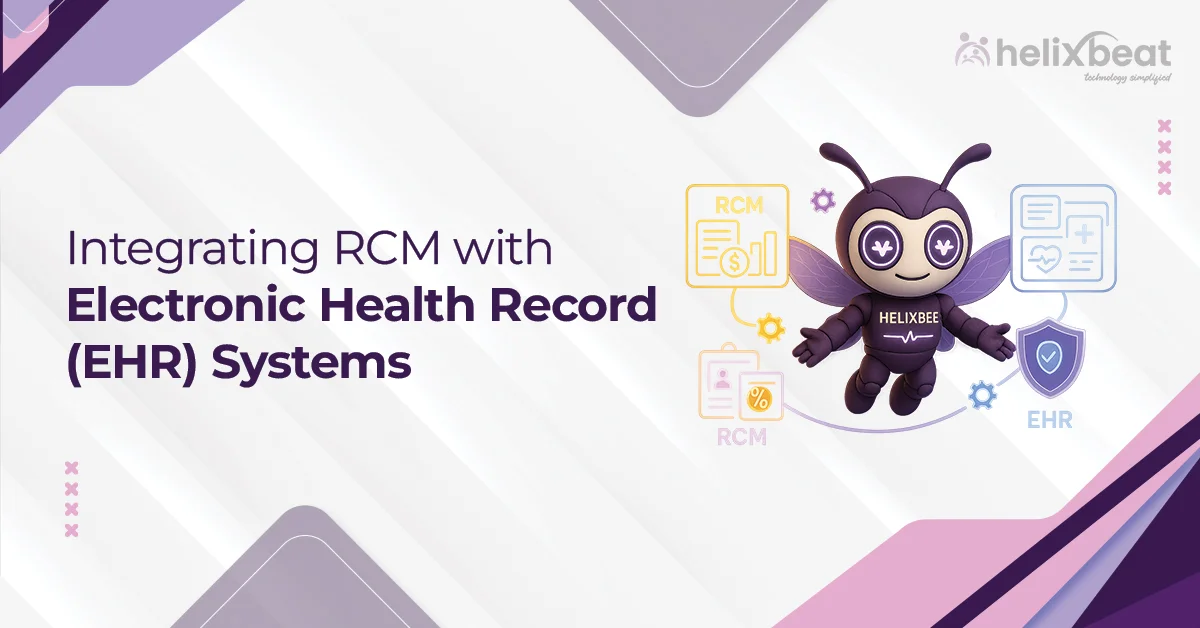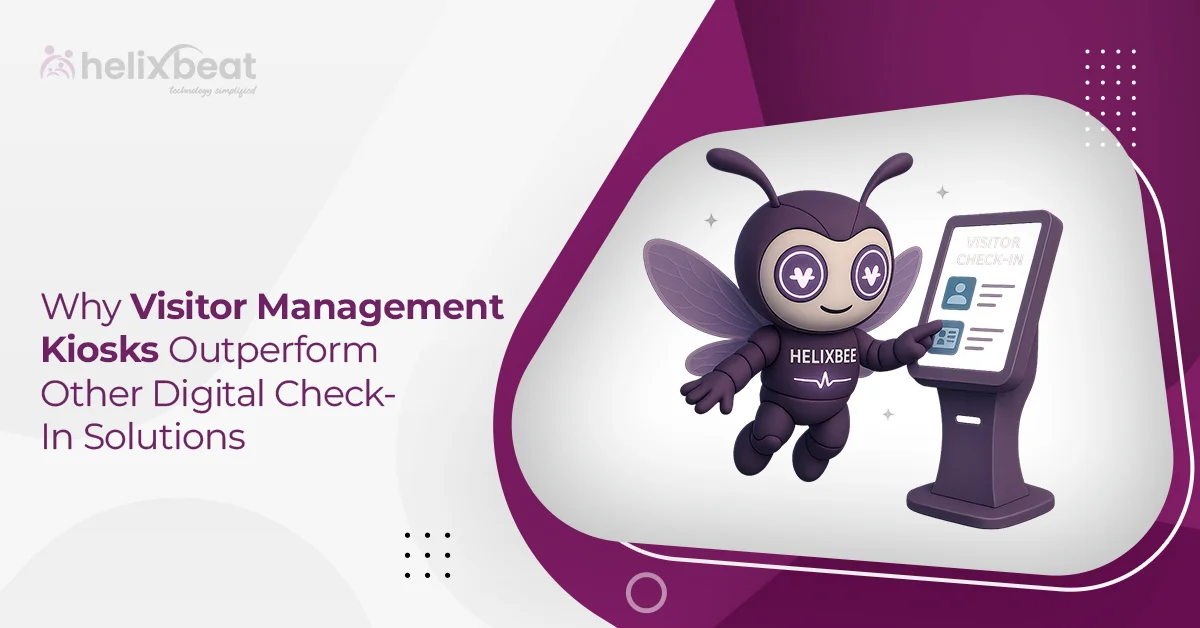Interoperability in healthcare is reshaping how hospitals, insurers, and specialists collaborate. As medical facilities are increasingly relying on seamless information exchange, the ability to integrate diverse systems is no longer a luxury—it’s a necessity for improving patient outcomes and operational efficiency.
That’s where FUSION is at the heart of this transformation. It is a platform designed to bridge gaps in healthcare communication. By tackling persistent challenges such as fragmented electronic health records (EHRs), inefficient referrals, and complex insurance workflows, FUSION empowers providers with real-time data access and streamlined collaboration.
In this blog, we will explore how FUSION is driving seamless connectivity across medical facilities, insurers, and healthcare providers.
Table of Contents
How Interoperability in Healthcare is Revolutionizing Data Exchange
The modern healthcare landscape thrives on data. From electronic health records (EHRs) and insurance claims to real-time patient monitoring, vast amounts of information flow between providers, insurers, and patients. However, fragmented systems, outdated infrastructure, and inconsistent data formats create barriers that hinder effective collaboration and decision-making.
This is where interoperability in healthcare is transforming the industry. By facilitating seamless communication between disparate systems, interoperability is breaking down silos, improving patient outcomes, and enhancing operational efficiency.
How FUSION Boosts Interoperability in Healthcare
1. Internal System Integration
Disconnected internal systems within a healthcare facility pose a major obstacle to efficient patient care. Many hospitals operate on multiple EHR platforms, which leads to duplicated data entry, inefficiencies, and an increased risk of errors.
However, FUSION connects fragmented systems within a hospital, thus allowing clinicians and administrators to access a unified patient record in real-time. With an integrated platform, providers no longer need to input the same data across multiple systems, which minimizes clerical workload and reduces inconsistencies. Therefore, FUSION not only enhances operational efficiency but also improves patient safety by making critical information readily available at the point of care.
2. Lab Result Standardization
Laboratory results are a critical component of patient diagnosis and treatment planning. However, when data is stored in incompatible formats across different systems, providers face difficulties in retrieving and interpreting test results, which leads to unnecessary repeat tests and delayed decision-making.
However, FUSION converts lab data into FHIR-compatible formats, thus facilitating seamless integration of results from multiple sources into a patient’s health record. As a result, healthcare professionals gain instant access to accurate insights, which minimizes redundancies and streamlines treatment workflows. This not only improves decision-making speed but also optimizes resource utilization, ultimately creating a more connected and cost-effective approach to interoperability in healthcare.
3. Insurance Compliance
Providers face growing pressure to comply with federal mandates as healthcare regulations continue to evolve. The Centers for Medicare & Medicaid Services (CMS) mandates require healthcare organizations to adopt interoperable systems that facilitate seamless data exchange between providers, insurers, and government agencies.
FUSION simplifies compliance by aligning with these mandates, helping providers avoid regulatory penalties while expediting claim approvals. By enabling accurate and timely data sharing with insurers, healthcare facilities can improve cash flow, reduce administrative burdens, and enhance patient satisfaction by minimizing billing disputes.
4. Data Sharing with Partners
Effective patient care requires seamless collaboration between hospitals, labs, pharmacies, and external providers. However, data silos and incompatible record formats create bottlenecks in communication, which leads to treatment delays and administrative inefficiencies.
FUSION acts as a central hub for data sharing, allowing all stakeholders in the healthcare network to access and exchange information effortlessly. Therefore, by streamlining communication channels, healthcare organizations can enhance collaboration, improve coordination, and reduce operational costs. This level of connectivity benefits not only providers but also patients, who receive timely and well-coordinated care.
5. Future-Ready Systems
Emerging technologies such as artificial intelligence (AI) and the Internet of Things (IoT) shape the future of healthcare. Therefore, healthcare organizations must invest in systems prepared for the next wave of digital transformation to remain competitive and adaptable.
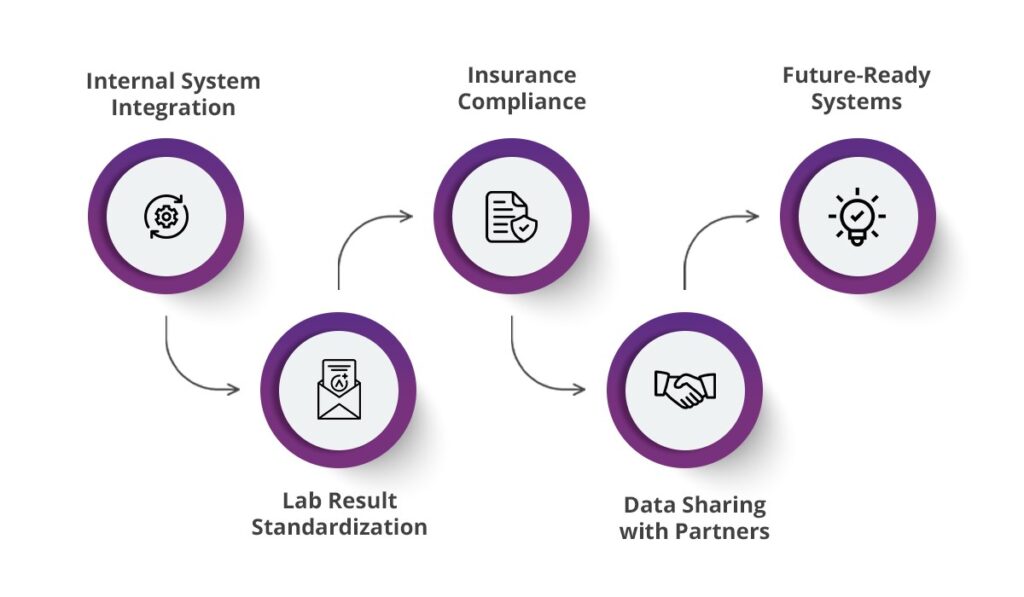
FUSION provides a scalable foundation that supports AI-driven analytics, predictive modeling, and IoT device integration. With the ability to leverage real-time data insights, healthcare providers can enhance clinical decision-making, optimize workflows, and proactively manage patient health. A future-ready interoperability solution not only enhances current operations but also positions healthcare organizations to thrive in an evolving digital landscape.
Final Words
Interoperability in healthcare is no longer an option—it is a necessity for organizations seeking to improve patient outcomes, reduce operational inefficiencies, and stay compliant with regulatory standards. FUSION delivers a comprehensive interoperability framework that connects internal systems, standardizes data exchange, and facilitates seamless collaboration across the healthcare ecosystem.
By adopting FUSION, healthcare providers can eliminate fragmentation, enhance coordination, and unlock the full potential of digital healthcare. The ability to access accurate, real-time data enables more informed decision-making, faster treatment processes, and a patient-centric approach to care. As the healthcare industry continues to evolve, solutions like FUSION will be instrumental in bridging the interoperability gap and shaping the future of connected healthcare.
FAQs
1. What is interoperability in healthcare, and why is it important?
Interoperability in healthcare refers to the ability of different systems, applications, and devices to exchange and interpret medical data seamlessly. It eliminates data silos, allowing hospitals, insurers, and providers to collaborate efficiently. This leads to faster decision-making, reduced medical errors, and improved patient outcomes.
2. How does interoperability improve patient care?
By enabling real-time data sharing, interoperability reduces duplicate tests, minimizes errors in diagnosis, and speeds up treatment. When healthcare professionals have instant access to accurate medical records, they can make well-informed decisions, which improves the quality of care and patient safety.
3. What challenges do healthcare providers face with fragmented systems?
Healthcare providers often struggle with disconnected electronic health records (EHRs), inconsistent data formats, and inefficient insurance workflows. These barriers slow down administrative processes, increase costs, and complicate collaboration between medical teams, insurers, and external specialists.
4. How does FUSION enhance interoperability in healthcare?
FUSION acts as a centralized platform for patient data and bridges the gap between fragmented systems within a hospital. It integrates various EHRs, standardizes lab results, automates insurance compliance, and enables smooth data exchange between hospital networks, including pharmacies, labs, and insurers.
5. How does FUSION help with lab result standardization?
Lab results often come in different formats, making it difficult for healthcare providers to access and interpret them efficiently. FUSION converts lab data into FHIR-compatible formats, making test results universally accessible within a patient’s health record. This reduces unnecessary repeat tests and speeds up treatment plans.
6. Can FUSION support emerging healthcare technologies like AI and IoT?
Yes, FUSION is designed to integrate with AI-powered analytics, predictive modeling, and IoT devices. By leveraging real-time data insights, healthcare providers can enhance clinical decision-making, optimize workflows, and adopt a more proactive approach to patient health management.
7. How does interoperability reduce operational costs in healthcare?
Interoperability eliminates redundant administrative tasks, minimizes data entry errors, and accelerates claims processing. This leads to fewer delays in treatment, optimized resource utilization, and significant cost savings for healthcare facilities and patients alike.
8. Why is interoperability becoming essential for the future of healthcare?
As the healthcare industry shifts towards value-based care, the ability to share and access real-time data across different systems is becoming crucial. Interoperability supports better patient outcomes, regulatory compliance, and operational efficiency, making it a fundamental part of modern healthcare transformation.





